I’ve been thinking about Pauline while installing the ‘Air’ film in James Turrell’s Skyspace in Tremenheere Sculpture Garden near Penzance in Cornwall. Our collaboration has been so rich and all-encompassing, it was hard for me to install and to experience this installation without her. And yet she brought so much to the experience even through her absence.
Because her work has always been concerned with mortality and because the film was inspired by our reading of Rilke’s ‘Invisible Breath’ and because now, with her own health failing, my response has such a personal deeper resonance in relation to mortality… because of all this she was, and is, present through her work, her life and her breath.
So I will write this to, and for, Pauline.

Since I spoke with Neil Armstrong a couple of weeks ago and he offered us this opportunity to install our film in the Turrell Skyspace ‘Tewlwolow Kernow’, I came to realise how important it was to create an installation which did not deny the elemental nature of the sculpture itself. Projecting onto the side as if it were any old wall or screen simply would not do.
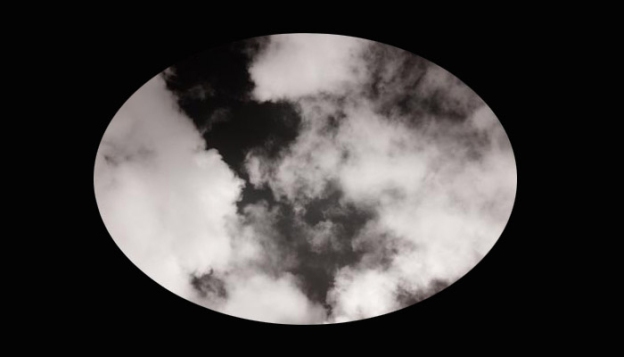
I think I mentioned that Robb Higgs recommended a friend of his who plays saxophone to create an interpretation to play live with the film? His name is Andy Marston and he invited Matt Thompson a trombonist to join him – and I had no idea if that was going to work either. But there’s been something about the Elemental Dialogues project hasn’t there? Right from the start. I’ve taken risks by working with so many different contributing artists, and I feel it has stretched us all and given us so much. There has been such a generosity of spirit. But it’s always scary.
So there I was in a panic, when thoughts from Bachelard’s ‘Air and Dreams’ which you introduced me to, came to mind, do you remember us trying to imagine how we could represent air, the invisible element, as a silent film? It seemed so relevant to consider again his idea of air (if I have understood him right) being within the reverie of ‘what is’ between me here and the distant tree over there… and then I remembered me reading the Death of a Moth to you. Virginia Wolf looking out of her window at the space between her life at the table writing, the dying moth fluttering against the window pane and the plough working the field on the distant hill. Here in the Skyspace the air resounds between me and infinity, captured in the ellipse which forms the hole in the top of the space.
Turrell has designed lighting which changes as twilight falls and the sky moves from the visible, to indigo and on to become a solid black velvet void, quite reminiscent of the early works of Anish Kapoor we saw at the Hayward years ago, but the lights are not on now. And it is night.
What would happen when our film was projected onto the wall? When music made by humans disturbed the sounds of nature? How could our film possibly add to what Turrell had already created? Or worse still, how could the film not detract from the Skyspace?
So, it’s Wednesday 18th November, 7pm. Pitch black.
Imagine yourself walking up the hill, through the wild, wooded garden with candles in jam jars lighting the way (those that hadn’t been blown out) and down an unlit tunnel into a vast white egg shaped space. Sit yourself down on the ledge which runs all round the edge. Lean back and look up, through an elliptical hole in the roof, into the void. An oval beam of moonlight falls on the wall. An owl is hooting. (Actually there were some magpies too, making an awful noise, though I’m not sure I’m supposed to say that about nature.)
We had decided to project the ‘Air’ film onto the curving wall at the end of the ellipse. The musicians stood, silhouetted below, looking up to follow the film and be aware of the sky. As the film began with the stars floating down and swirling around on the wall, astonishingly the real stars came out, (having been hiding all day behind a furious wind and lashing rain) glittering against the indigo sky.
What was happening was magical because the film interacted with the space and the space interacted with the film, changing my perception of the white walls, the void and the sky, whilst combining with the haunting breathy (and sometimes soaring) notes of Trombone and Sax. The flickering dancing momentum of the film, swaying from dark to light and back again, worked with the void to create a new site specific interpretation of both the film and of the Skyspace itself.
The sky at moments a solid velvet black and invisible as the film lit up the space below, then, as the film darkened to murmuring scratchy dewdrops in the black web, the sparkling sky returned beyond. Lost in this moment, when I thought it could not get any better, a circular wisp of transparent cloud passed low, just over the hole in the Skyspace, whilst the film went on dancing below.
At last I could stop and breathe. I leant back, absorbing the elemental sense of air in the space and in my body, feeling the presence of you Pauline and the terrible sadness of your being so very ill. Whilst all the while, the final words of your favourite interpretation of the film by Briony Bennet – played over in my mind:
‘a wisp remains, / but you can only hold it / for so long. ‘
Dust refracts,
slows dark turns.
There— the gap,
between smoke-climb
and the curtain.
There is no chaos,
only roads travelled appear,
through electric windows.
Your code floats,
branches rise,
separating one light
from the next.
Memories of the sea
carve footprints
on the air.
Cobwebs draft light pictures,
answer the gentle
dispersion of stars.
Your particles delay,
become fixed
from passing time.
Inevitable waves erode
the glue-drop silk,
dilating your tracks out
into the night.
Sometimes, to meet others,
dance parallel,
hollow unspoken curves,
falter,
for a moment,
that passes.
A mirage,
no, reflection.
Waves ebb,
but do not cease.
Breath is borrowed.
Rips primeval,
before expiring across moments,
of abandon,
of repetition,
of occasional flourish.
You are tethered.
A spectator,
watching false birds on wires.
A kite,
reaching the limits
of your view.
Tail slips, open palm,
a wisp remains,
but you can only hold it
for so long.
Jos said – a sky burial…
And I was thinking when that cloud passed over, of 21 grams…
So then,
we all went down to the restaurant and had delicious food and saw the other interpretations screened, with sound, in the café where Penny Florence also presented work about interpreting Mallarmé through digital poetry, so we had good conversations about interpretation with an intelligent and enthusiastic audience. Indeed it was an evening to remember (oh what a cliché – it was brilliant).
Neil and Jane who own the garden, and made it all happen, were so wonderful, we must think of a way to thank them properly. I will write.
Sadly there are no photos. There is no film, no record at all beyond these words. I was too tied up with both the technology of making it happen, and giving myself to the experience. I tell myself that it was not meant to be viewed through a lens (and I forgot to record the music even though I had a mic with me, sorry Andy and Matt). I admit there were inevitable technical hitches, but if you ignored them, it was an incredible experience. I would say that at moments it was sublime! (I’ve been angsting about all the technical stuff but Paul says that to achieve even a moment of ‘sublime’ is pretty good). When we come back next year with ‘Water’, it has the potential to be so much better, having learnt so much this time.


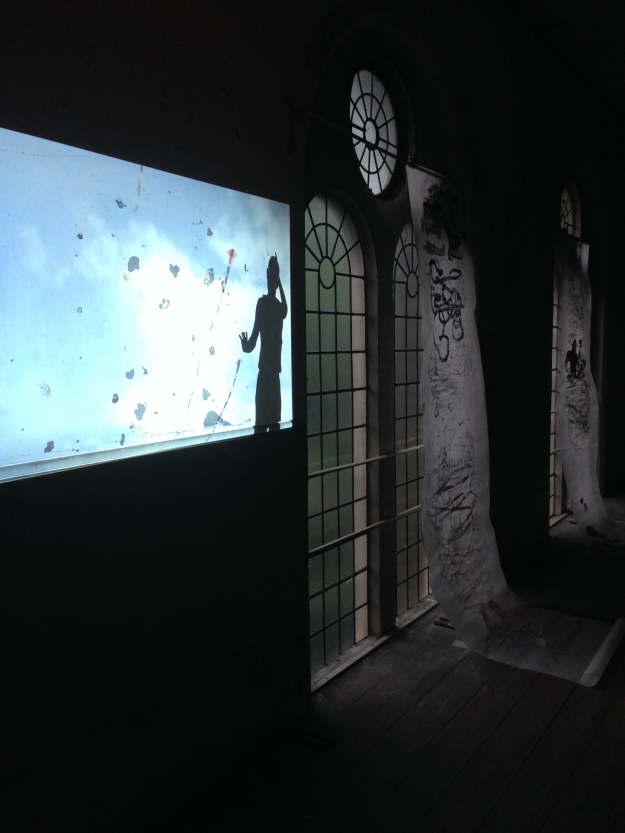



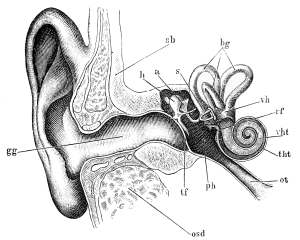

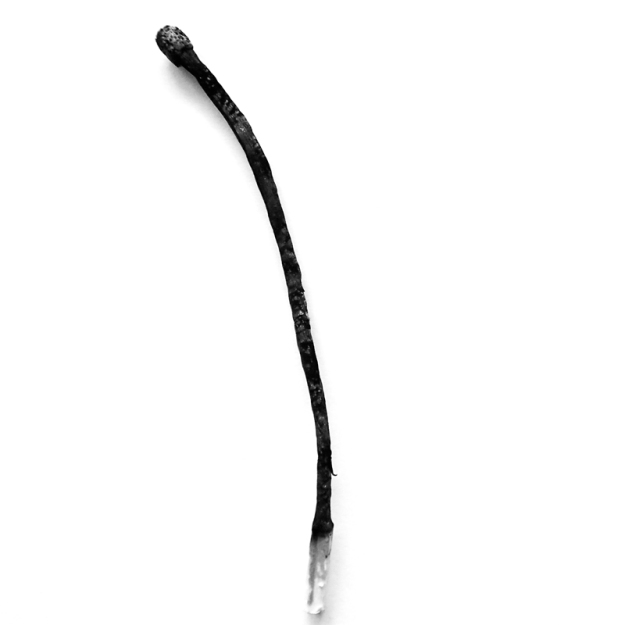
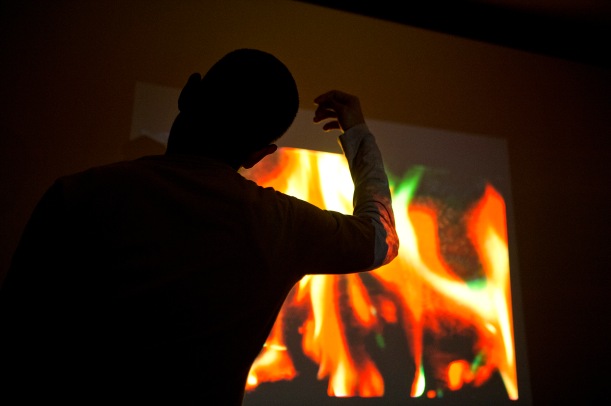 Yes, now I come to think of it Gabriel often closes his eyes when he dances. He becomes totally absorbed in the atmosphere, in the air, the feel of the floor beneath him – he is in the place, this place. How can I ask him to interpret a film through movement? A film he would need to look at?
Yes, now I come to think of it Gabriel often closes his eyes when he dances. He becomes totally absorbed in the atmosphere, in the air, the feel of the floor beneath him – he is in the place, this place. How can I ask him to interpret a film through movement? A film he would need to look at?